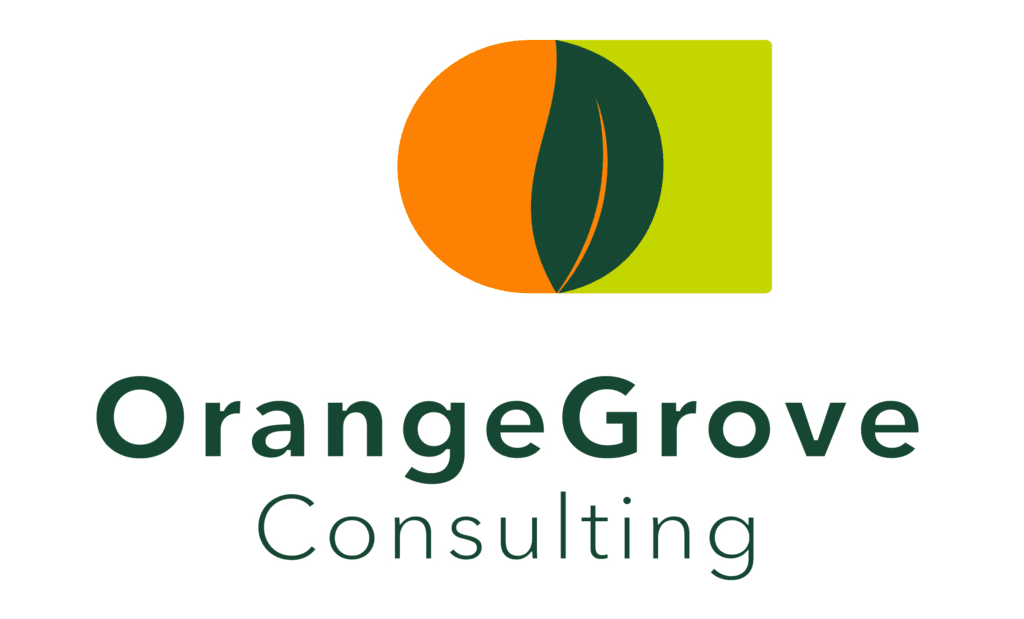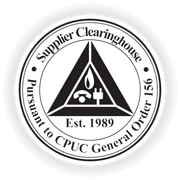AI in HR is no longer just a buzzword – it’s becoming an everyday tool. But despite headlines focused on automation and job disruption, the real opportunity lies elsewhere: using AI to elevate the human side of Human Resources.
We’re entering an era where AI doesn’t replace HR professionals, but rather it enhances their ability to solve problems, make better decisions, and support people more effectively. From personalized coaching simulations to data-powered skills mapping, AI is giving HR leaders the clarity and capacity they need to lead modern workplaces. McKinsey research has shown companies that can maximize their talent generate more revenue per employee, and AI can be used to enhance this maximization of talent.
Coaching Support at Scale: Your Personal Thinking Partner
Let’s face it – much of HR (and people management in general) revolves around interpersonal dynamics. Coaching employees, managing difficult conversations, and navigating interpersonal conflicts are all vital, time-consuming tasks. Yet most managers and HR teams don’t have a coach on call when the stakes feel high.
This is where AI tools can step in as a powerful thinking partner, with initial research pointing to the efficacy of AI as a coaching tool. Imagine a chatbot that helps a manager rehearse a tough conversation, role-plays a challenging employee, or provides feedback on phrasing and tone. With the right prompts, AI can simulate real-time dialogue, helping users consider multiple perspectives and improve their communication approach before walking into the room.
It’s not just about efficiency. It’s about psychological safety and skill building. Managers gain confidence, HR teams can extend their impact without burning out, and employees get better, more thoughtful interactions.
This kind of support becomes even more powerful when paired with live training. At Orange Grove Consulting, our skills-based leadership and communication programs help employees build core competencies, such as managing conflict, giving feedback, or navigating difficult conversations. After the training, AI can serve as a continuous practice tool, allowing participants to rehearse scenarios, receive real-time coaching, and reinforce what they learned. It’s a way to turn one-time training into an ongoing learning journey.
And for organizations ready to take it further, AI chatbots can be custom-developed to reflect internal best practices, integrate with learning content, or gamify practice scenarios. It’s a scalable way to operationalize coaching without diluting its effectiveness.
Making Skills Data Actionable: The Rise of Inference Agents
At the same time, another major shift is underway: AI is making it possible to collect and quantify employee skills in a way that was previously too messy to manage. Historically, understanding an organization’s skills inventory relied on resumes, gut instincts, or informal feedback. Now, AI-powered inference tools can analyze real work data to surface what people actually know and do.
That’s a game changer for talent management.
With AI organizing skills data into clear, usable structures, HR can begin to:
- Spot skills gaps across teams or departments
- Recommend development paths based on real capabilities
- Design fairer, data-driven internal mobility programs
- Reduce bias in stretch assignment and promotion decisions
In short, it creates a foundation for skills-based workforce planning – something that’s been aspirational for years but rarely implemented well.
HR’s Mindset Shift: From People-Driven to People + Data
For many HR teams, this evolution requires a mindset shift. It’s not enough to be great at supporting people. Tomorrow’s HR must also be great at interpreting and acting on data -not in opposition to empathy, but in service of it.
That’s especially true in small and mid-size organizations where formal analytics functions are limited. Fortunately, AI can help here too: by cleaning, collecting, and organizing the data HR already has, then layering on insights that inform better decisions.
When paired with strong human judgment, the combination is powerful.
Where to Begin: Start with a Use Case
You don’t need a massive digital transformation strategy to begin integrating AI into your HR work. Start with a simple, meaningful use case:
- Try using a chatbot to prepare for a difficult conversation
- Pilot a tool that maps employee skills based on LinkedIn profiles or internal data
- Explore ways to embed AI-generated prompts into your existing training programs
As AI becomes more embedded in everyday tools like Microsoft Co-Pilot and Google Workspace, these small experiments can build momentum for broader change.
How We Can Help
At Orange Grove Consulting, we help organizations think strategically about how to integrate AI in ways that align with your goals and values. Whether it’s using AI to enhance soft skills coaching, supporting post-training reinforcement, or making better decisions with skills data, we bring a change management lens to ensure adoption sticks.
Contact us for an initial conversation about how you could integrate AI into your HR practices.
Contact Us





